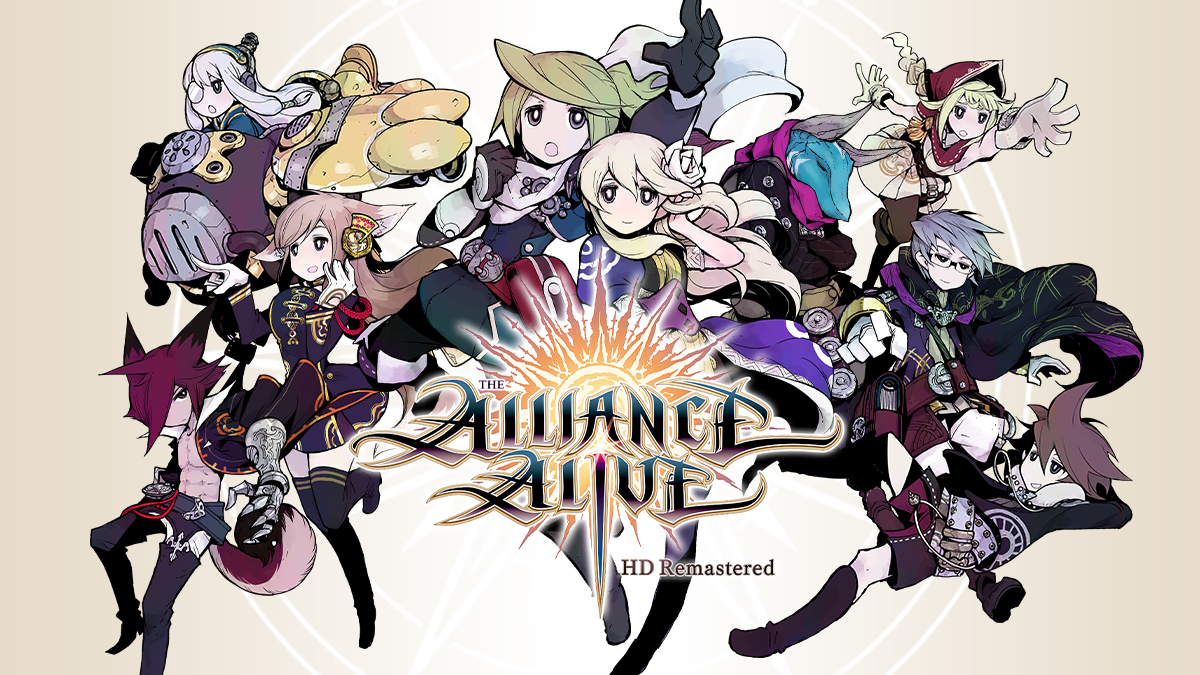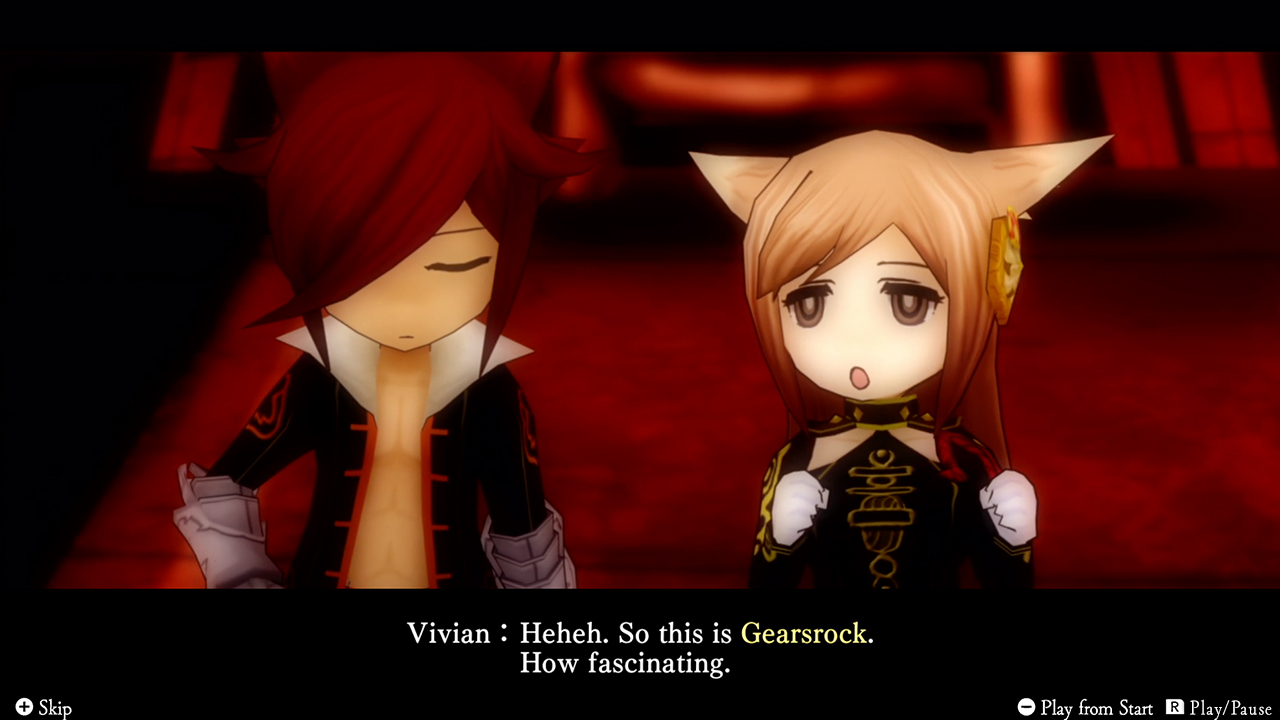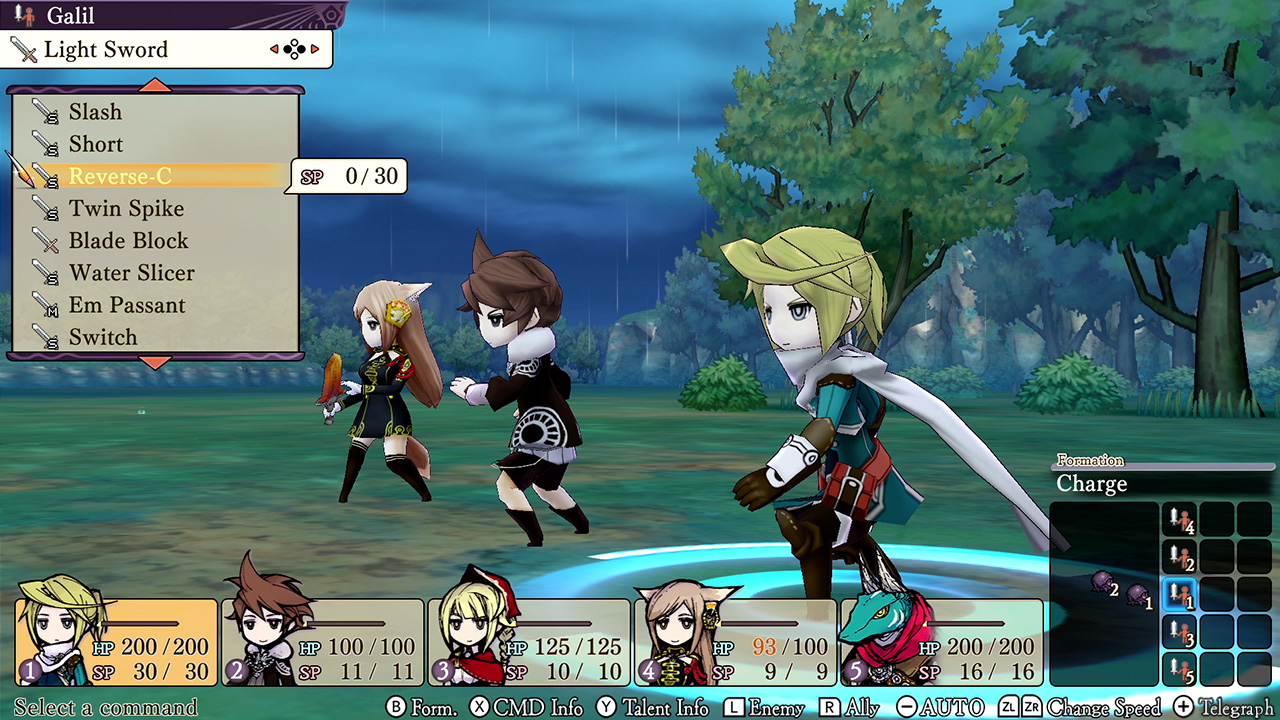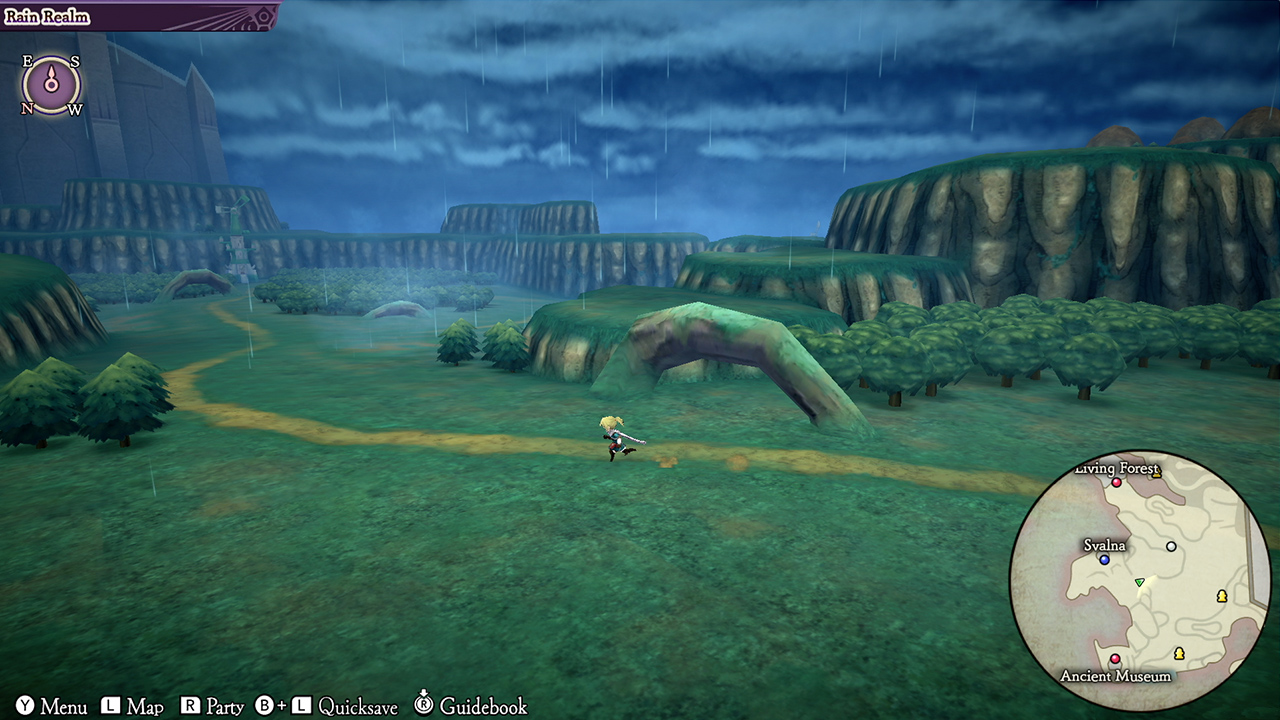It could've used more than just a remastering.
I don’t have a pleasant history with The Alliance Alive. Claimed by some to be the swan song of the Nintendo 3DS, I played and kind of enjoyed it when it was released in the U.S. of 2018. But then it hit a ridiculous difficulty spike at the game’s midpoint, and because of the way that particular chapter was set up (and because of my lack of separate save files) I could not retreat to a point where I could level up. Faced with the option to either start over or call it quits, I opted for the latter.
When NIS America announced they were re-releasing the game for the Switch, however, I was excited by the opportunity to try it all again. Having now played through the HD remaster, I kind of wish I’d just completed it on the 3DS.
You should know more about the game before I explain why. The Alliance Alive is an old-school RPG in which you level up multiple party members to lead them into turn-based combat. There are numerous locations at which you can rest up and restock. There are many dungeons to navigate and clear out. There’s an overworld chock full of monsters to fight (or avoid).
Of course, there’s also a story to tie all of this together, but it’s mainly there to set up the game’s world instead of to tell the story within it. For some dubious reason concerning energy, daemons invaded this world of humans, subjugated them, and separated them from one another with a dark energy that closed off the oceans and darkened the sky. They left beastfolk behind to handle the daily ins and outs of human management while they rule from afar.
Your party consists of nine characters who rise in resistance against this system for various reasons. Most of your characters are human, but there is a beastfolk and a couple of daemons thrown in for good measure. These characters are actually the game’s strongest assets, as each is well-defined and fun to follow. The women are especially entertaining thanks to their get-up-and-go attitude that continually exasperates the more cautious nature of the men. It also helps that one of them mostly rides around in a giant metal duck. The characters are introduced in groups, telling simultaneous stories that come together in clever, overlapping ways before you’re able to determine how to best split up and utilize the party.
That decision is made based on character traits. This system allows you to provide any weapon/ability to any character, and he/she/it will unlock new and more powerful abilities with it the more it’s used. Of course, some characters will be better with certain weapons than others based on their starting stats. You can eventually override this with enough grinding if you really want many party members to be good with shields, for example. (This is a good idea for those difficulty spikes, by the way.) Certain weapons also have Etheracts that provide the ability to use special Sigmancy skills, such as healing. Anyone can purchase and learn Sigmancy skills, but can only use them with an Etheract weapon equipped.
After bumping into monsters or triggering story events, combat kicks off with you selecting from the various attack/buff options learned by each party member. You then watch the full turn play out based on character speed, which is affected by base stats and your equipped weapons and armor. When the turn is done, round two begins. By mid-game you’ll likely have unlocked numerous attack options for each equipped weapon, but it’s rarely necessary to worry about them. The monsters you meet are mostly so easy to defeat that you can win most fights by just spamming the default attack or setting the encounter to auto-battle.
This is good in that it makes grinding a breeze, but bad in that it doesn’t prepare you for the fights that actually require some strategy. The Alliance Alive has a pretty robust combat system to master, but it has no interest in whether you use it until it demands that you do. For instance, one of the more unique battle features is the ability to enter an “ignition state” that makes “final strike” available. This unleashes a devastating blow against your enemies, but it destroys your weapon in the process. It could’ve been really cool, but was unnecessary against most enemies and underpowered when I really needed it, leaving characters partially weaponless in tough boss battles (each character does get to handle two different weapons).
Even something as integral as navigating the overworld is hit-or-miss in this game. The map is a bland affair that didn’t gain much in the transfer from the 3DS to the hi-def Switch. The landscape is mostly devoid of any interesting designs or textures, and neither you nor the monsters that roam around ever look/feel like you’re part of it. This problem is exacerbated by the fact that the game doesn’t give you concrete advice on where to go for the next story segment (“northeast of here” is about as helpful as it gets), so you spend far too much time meandering.
Travelling does get considerably more fun when you get the ability to glide. This opens up new areas to you, but figuring out how to reach them is still a puzzle. You’ll also eventually be given the ability to set up Guild Towers at predetermined locations that can help you in battles fought within their reach. Setting these up and recruiting people to man them helped to make all that overworld meandering worthwhile, and it’s pretty cool when these Guilds assist you in battle.
All of this points to the reason I preferred The Alliance Alive on the 3DS; it’s just too small to be played on your TV in docked mode. Although the characters now look great, the overworld and backdrops do not. Worse, the story and battles feel too small, too. I’d grow tired of the game after about half an hour in front of the TV and have to move on to something else. Playing the game in the Switch’s portable mode actually felt more natural, as I’m used to handheld gaming in short sessions. The Alliance Alive accommodates this by allowing you to quick save from any point, making it a good adventure for pick-up-and-play. The 3DS was better for this, however, as the dual screens made for simpler party/inventory/map management, even if they didn’t look as nice.
Review: The Alliance Alive HD Remastered (Nintendo Switch)
Fair
The Alliance Alive is a slightly above-average game that’s dwarfed by the myriad JRPGs already available for and coming to the Switch. It can serve as a decent filler between them, but there’s nothing in this HD remaster to make it a better option than its original 3DS release. Save yourself some cash and go that route if you can…just be sure to rotate those save files.






